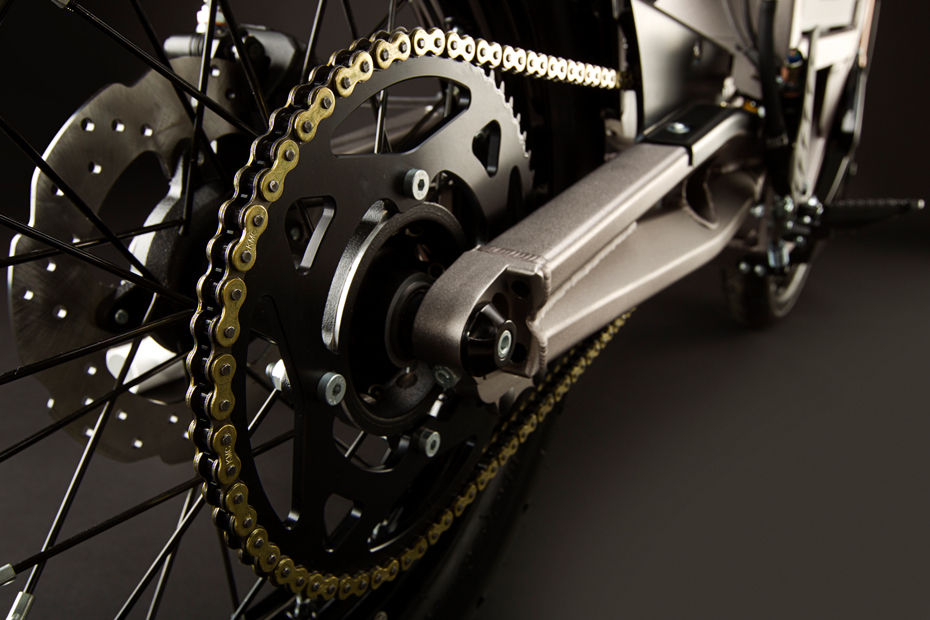Motorcycle Sprockets Explained
Published On Nov 11, 2019 04:49 PM By Gaurav Sadanand
- 1172 Views
- Write a comment
How do sprocket sizes change gear ratios and consequently, affect your bike’s performance? Here’s a closer look

The motorcycle’s drive system transfers power generated from the engine crank to the rear wheel. A drive system can be of three types: chain, belt and shaft, but today we shall concentrate on chain drives, different sprocket sizes, and how they affect the bike gear ratios. Altering this system could have a drastic effect on the way your bike puts down its power.
What Does Gearing Mean?

Let’s get the basics out of the way first. A motorcycle chain drive system uses three crucial components -- a primary and final drive, which run using a chain, usually O or X ring. The crank sends power through the transmission to the primary drive (smaller sprocket), which transfers power via the chain to the final drive (larger rear sprocket) in turn spinning the wheel.

The ratios between the two gears determine the level of torque (twisting force) sent to the rear wheel. Simply put, changing the size of the front and rear sprockets will have a significant effect on the bike’s performance characteristics. Which is why certain bikes are taller geared and some are short.
An example of a tall geared motorcycle would be the KTM 125 Duke or the Benelli 600i, which make most of their power up top. On the other hand, most commuter motorcycles such as the Bajaj Platina H-gear or the Royal Enfield Classic 350 have short gear ratios.
Sprocket Sizes and Gear Ratios:

Gearing ratio is basically the number of teeth that separate the front and rear sprockets. The factory ratios are not always ideal for certain bikes. But, you could quite simply change this by altering your bike’s current gear ratio into something more suitable for your riding style.

Essentially, if you were to fit a smaller primary sprocket, say 11-teeth and increase the rear sprocket size to something much larger, around 55-teeth, your gear ratio arrangement would be 5:00. Which means the primary sprocket would have to rotate 5 times for the final drive to complete one full rotation. The configuration helps with better bottom-end performance.

On the contrary, you could get better top-end performance with a slightly larger front and relatively smaller rear sprocket. Maybe a combination of 15 teeth front and 30 rear? Here the smaller sprocket had to rotate just three times to get the larger rear sprocket rolling.

Take the Hero XPulse 200 for example, it’s an ADV that has decent bottom-end performance but lacks top-end grunt on highways. That’s probably one of the reasons why Hero MotoCorp chose to offer an optical sprocket with its Rally Kit that effectively offers better low- and mid-range grunt and somewhat improved highway performance.
Everything said and done, we’d suggest you consult your bike’s mechanic before you go altering any settings. As getting it wrong could trigger increased wear of the drive system.
